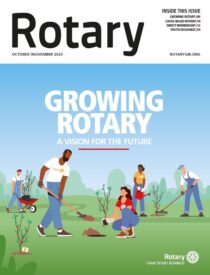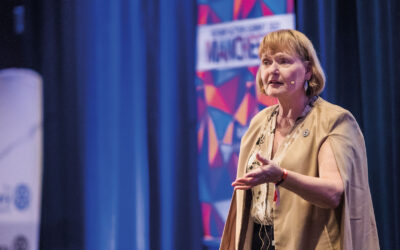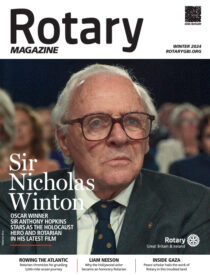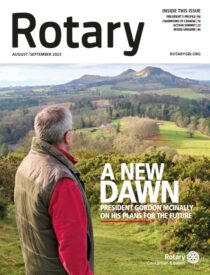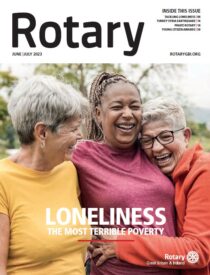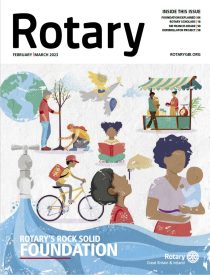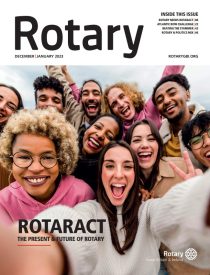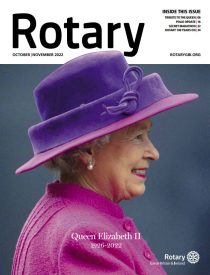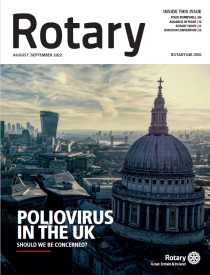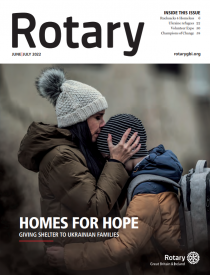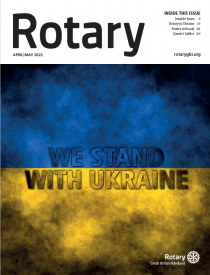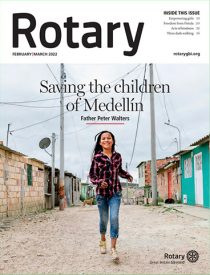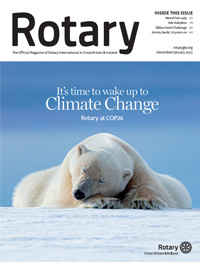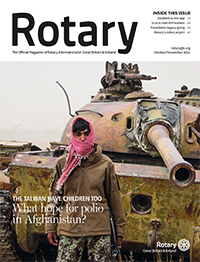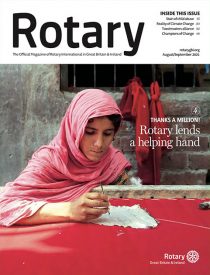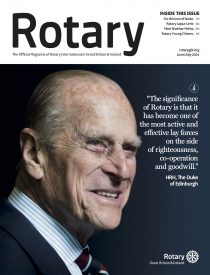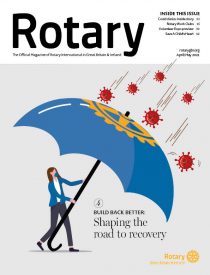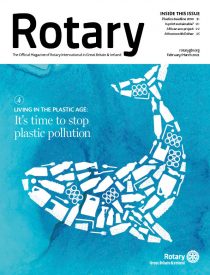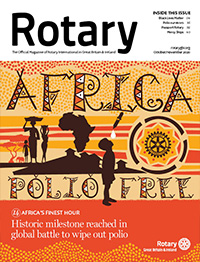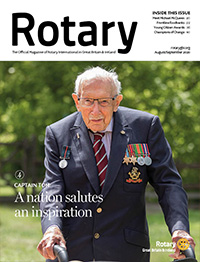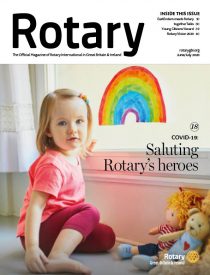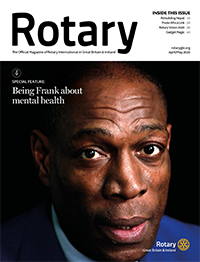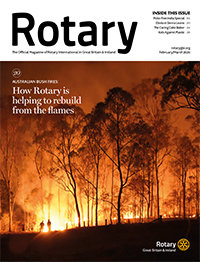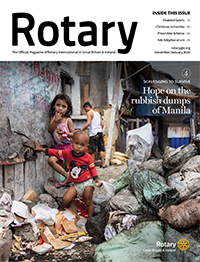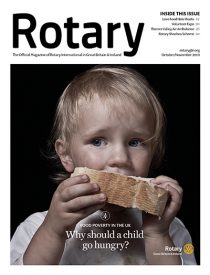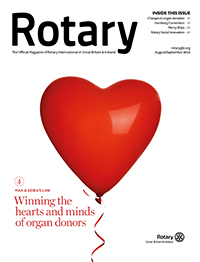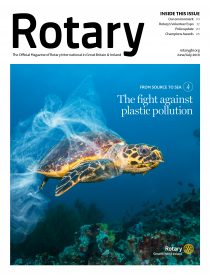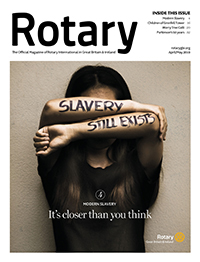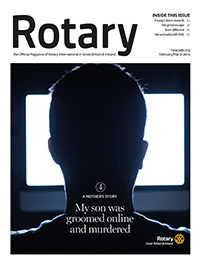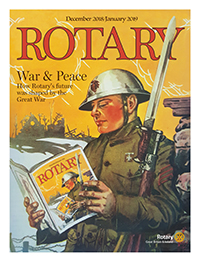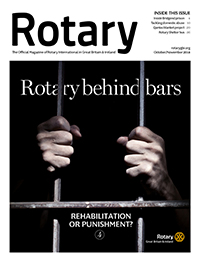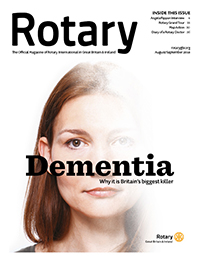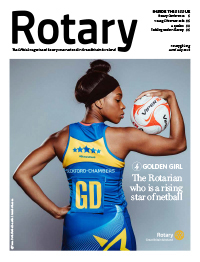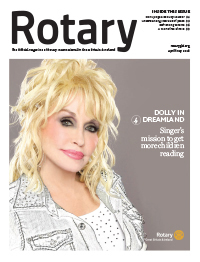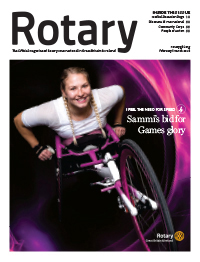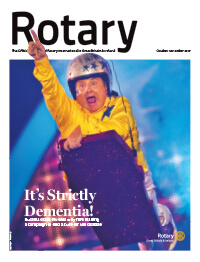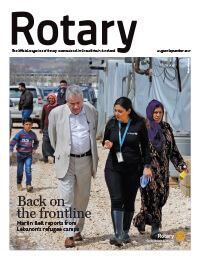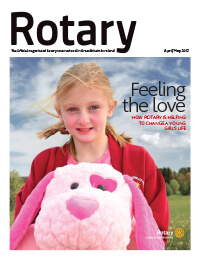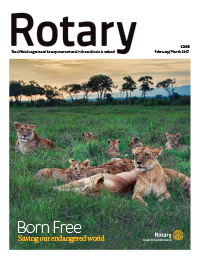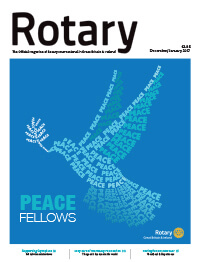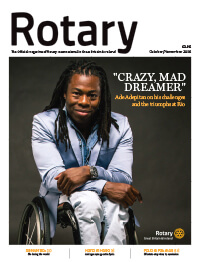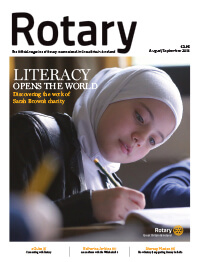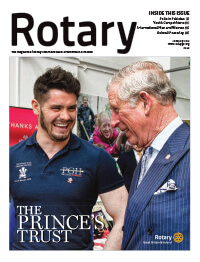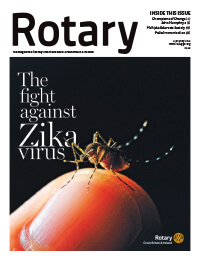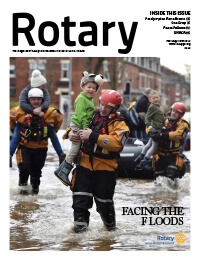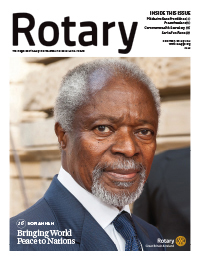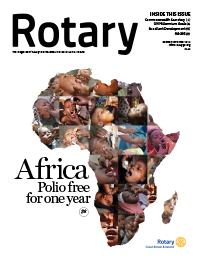Rotary can grow and new clubs start every year. We have the opportunity to identify where Rotary can grow, where there is no Rotary in or near a community and how we ensure that we represent all the community.
Simple demographic surveys provide a basis for clubs and districts to create the opportunity for more people to enjoy all that we do.
Listen to this article
To date, Rotary’s Membership Specialist Advisory Team has developed survey results for just over half of the districts within Great Britain & Ireland.
They identify the potential for growing membership by over 22,000 Rotarians and creating 220 new clubs. These surveys have been prepared by the GB&I membership team. Imagine if only half of that came to fruition.
Typical opportunities identify:
- Larger communities with no Rotary presence.
- Very large cities with low Rotary presence.
- How the population age profile matches that of Rotarians in the area.
- Opportunities for wider membership through different club formats and times.
- The time diversity of meetings.
- Where two clubs meet at the same day or time each week.
One district has a Rotarian for every 525 of population – what is yours?
We recognise that rural areas attract significantly more Rotarians than larger urban areas. That can be changed by offering different Rotary options suitable for urbanites. Some clubs have communities of less than 1,500.
This is a very typical age profile in a district. The opportunity to attract people between their 20s and 50s is enormous.
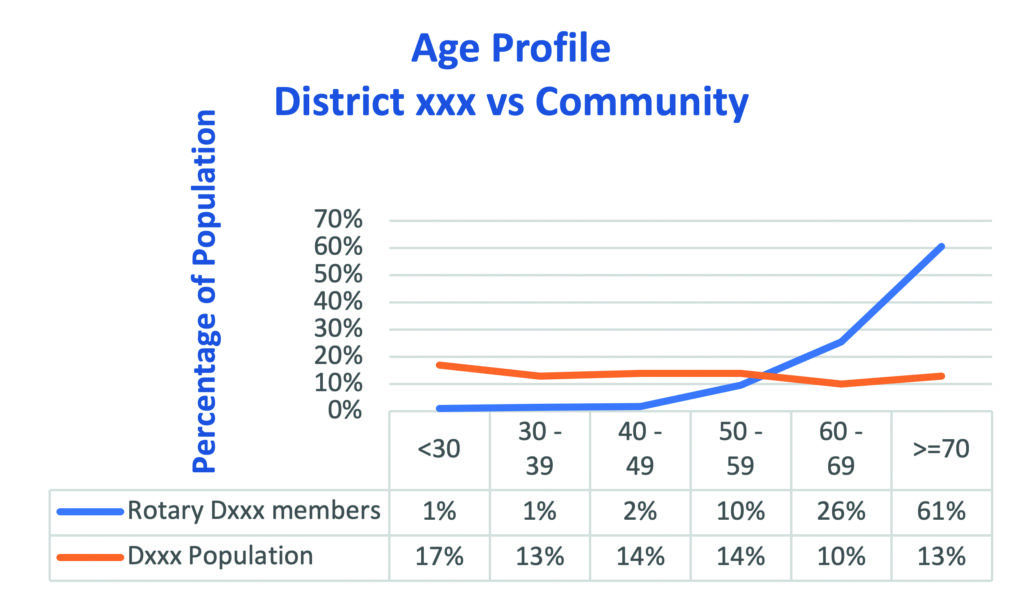

With the time and money constraints on people nowadays, we need to offer a Rotary experience that suits them. In other words, our product must match their needs, and not ours – they are our future sustainability.
Not so easy to identify from country wide data is the diversity of members versus the population diversity.
How about publishing material in the language of the major ethnicities in your area?
There is no one answer that will suit every district. However, given the data each district can develop their own specific plan.
Contact Specialist Adviser Ken McLennan via email at for more information and to see if a survey has been prepared for your district.








